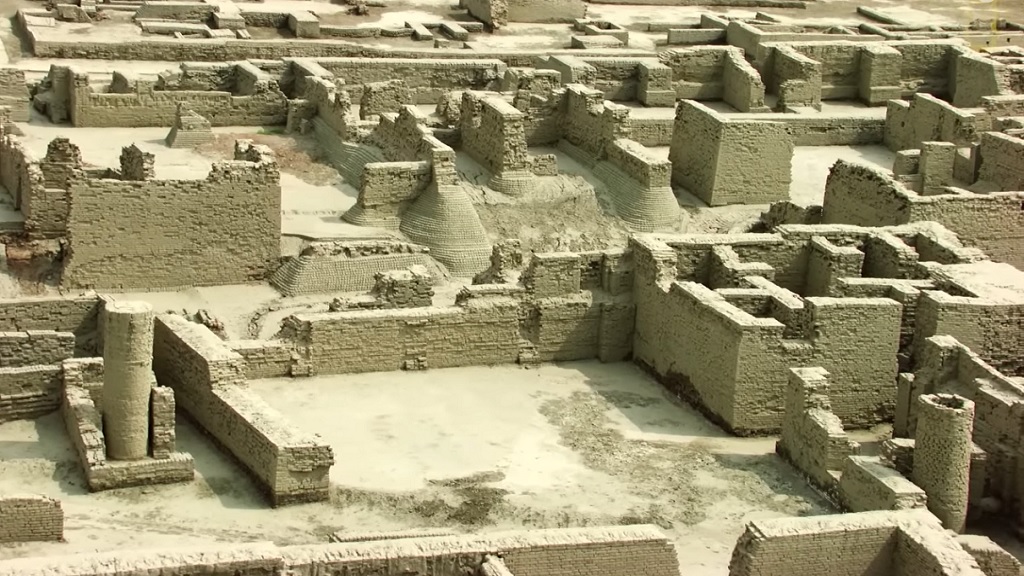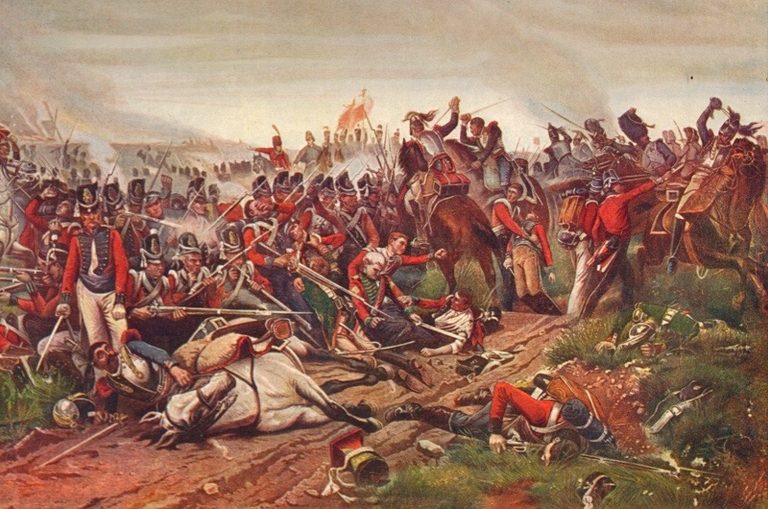One of the most intriguing chapters in ancient history is the rise and fall of the Indus Valley Civilization (IVC), which thrived around 3300–1300 BCE in what is now Pakistan and northwest India. This advanced society boasted sophisticated city planning, drainage systems, and trade networks, rivaling those of Mesopotamia and Ancient Egypt. Yet, unlike other civilizations of its time, the IVC left behind no grand monuments or decipherable written records, leaving scholars puzzled about its sudden disappearance.
Archaeological evidence suggests the civilization was not ended by war or invasion, but rather a combination of environmental changes such as shifting river patterns, drought, and possible tectonic activity. The drying up of the Saraswati River and weakening of the monsoon system are thought to have severely disrupted agriculture, forcing mass migration. Without centralized power or military dominance, the once-flourishing cities like Mohenjo-Daro and Harappa fell into gradual decline.
Despite decades of study, many questions remain unanswered. Was their script a lost written language or merely symbolic? What were their spiritual or governmental systems like? Modern technology, including satellite imaging and genetic analysis, continues to shed new light on this enigmatic civilization. The Indus Valley Civilization remains a compelling reminder of how even the most advanced societies can vanish under the weight of nature’s forces and time’s erosion.




